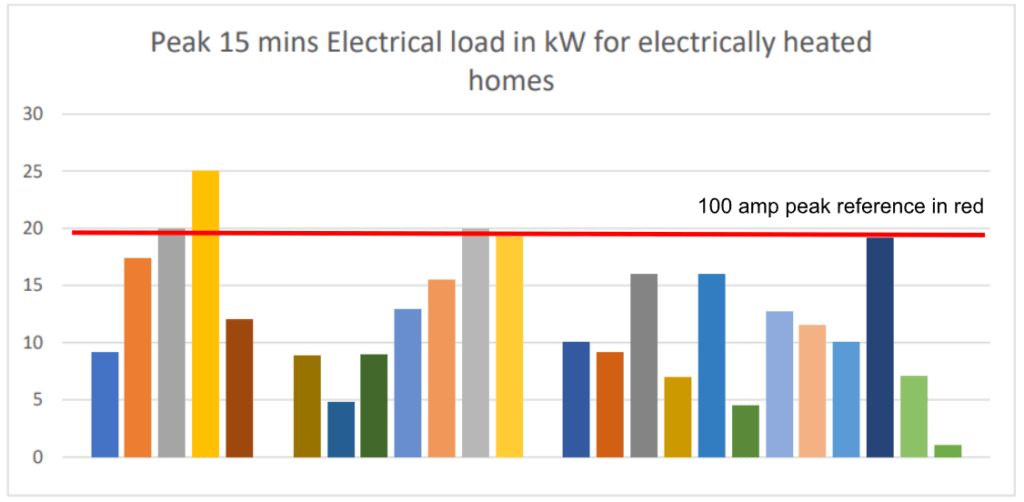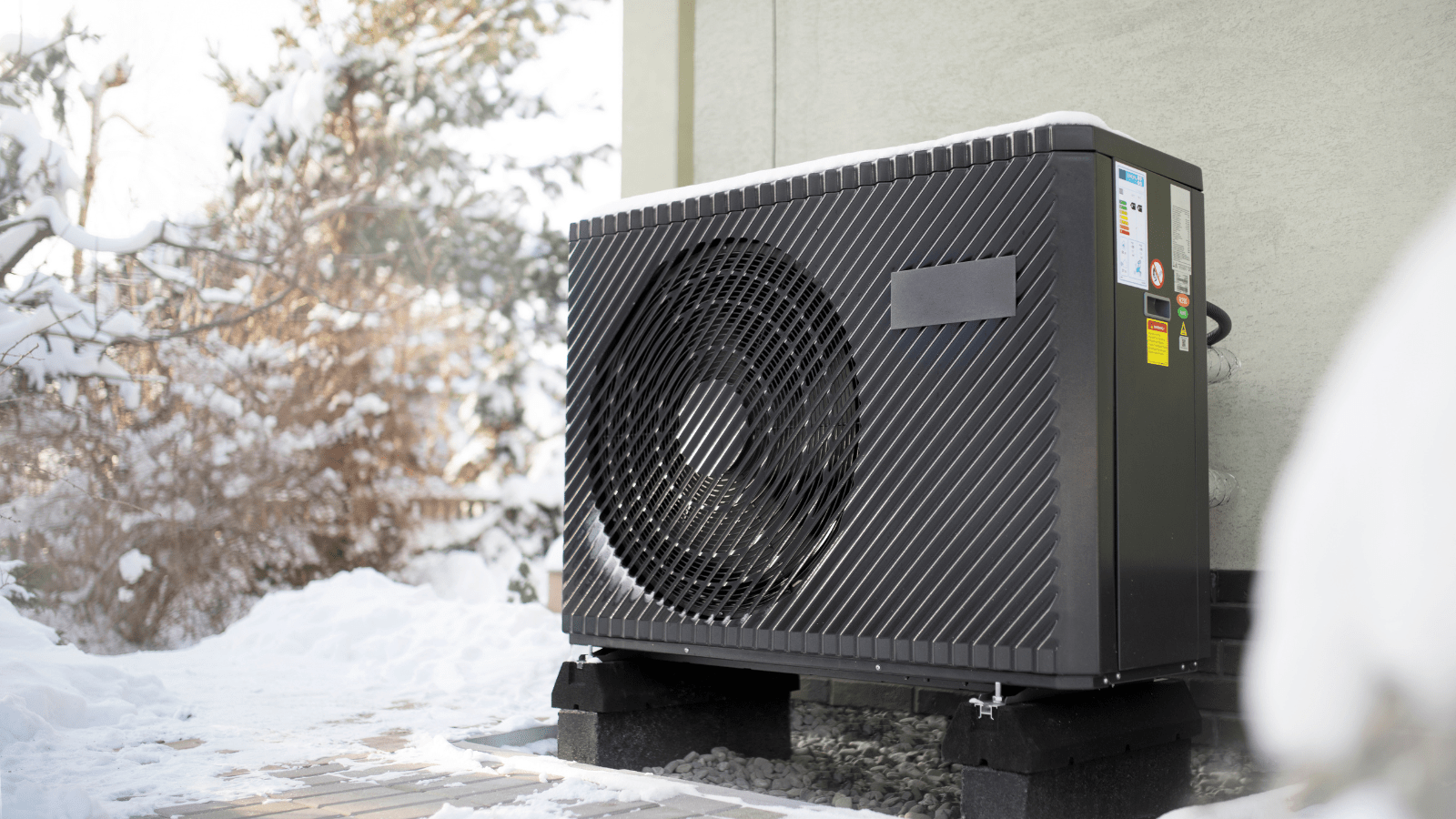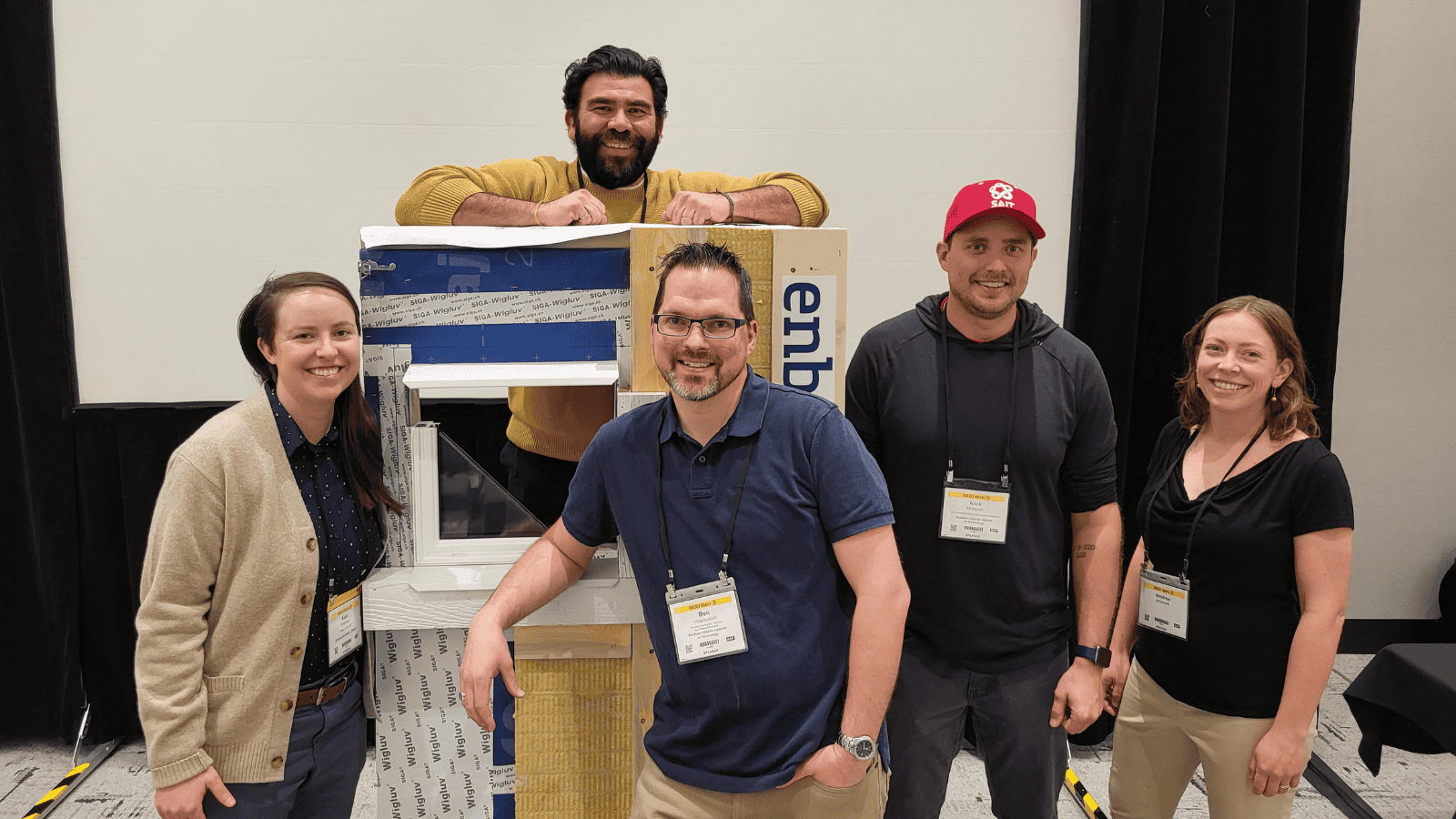Early in 2024, Alberta experienced an extreme cold weather event, with temperatures at the Edmonton airport dropping below -20°C for 36 days and below -30°C for 10 days. January 12, 2024, went down in history as the coldest recorded day in Alberta, with over 30 records broken.
These extremely low temperatures sparked curiosity within Alberta’s building industry about how heat pumps and high-performance homes performed during such conditions and the effect on their electrical loads. To address this, Alberta Ecotrust Foundation, the parent organization of ENBIX, supported Passive House Alberta in evaluating the performance of heat pumps and energy-efficient homes during the cold snap in early 2024.
Passive House Alberta conducted a survey of homeowners and HVAC professionals on high-performance homes and gathered historical electrical consumption data from utility providers. This allowed them to capture feedback on occupant experience, comfort levels, equipment performance, commissioning practices, and overall resilience. They also collected electrical data from “typical” homes in cold regions outside of Alberta but in similar climate zones for comparison.
Report Findings:
Table of Contents
Peak Heating Loads
Peak heating loads refer to the maximum amount of electricity a home uses over a specific period of time. This timeframe is significant for electrical infrastructure planning and grid management. This report used a peak 15-minute electrical load in an attempt to break down demand on the electrical grid during extreme cold events when heating systems are operating at full capacity. Grid operators and utility providers monitor these peak loads to ensure they can instantly balance the electrical grid generation with electrical demand.
The report found that homes with lower design heating loads, typically due to a well-designed and high-performance building envelope, had lower electrical peaks and consumption. This confirmed that a high-performance envelope effectively reduces heat loss if heated with electricity, leading to lower demand on the electrical system.
Peak Electrical Load/Service Upgrade
When heating homes with electricity, peak electrical load needs to be addressed based on the electrical service available in the area. Most homes in Alberta have 100 amp service, equating to a 19.2kW peak electrical load. When homes are heated with natural gas, the 19.2kW limit is rarely reached. From those evaluated in this report, homes heated with natural gas furnaces had a peak load between 3kW and 6kW.
During the cold snap, most high-performance homes had peak electrical loads between 10-15 kW. With controlled electric vehicle (EV) charging, these homes can keep peak loads within the 19.2 kW long-term maximum allowable load, suitable for a 100-amp, 240-volt service.
These findings indicate that these high-performance homes can function without an upgrade to a service larger than 100 amps, which is counter to the common building practice of installing a 200 amp service that adds additional cost to construction. Efficient envelope design, proper equipment sizing, and system commissioning eliminate the need for upgrading to larger electrical services such as 200-amp.
Thermal Comfort
Occupants of the high-performance homes reported increased comfort during extreme cold. Homes with high-performance building envelopes, which minimize heat loss, consistently showed lower peak loads, even during extremely cold days. These homes maintain consistent indoor temperatures and reduce drafts, even during extreme cold conditions. During this period, the homes demonstrated remarkable temperature stability. One example noted a Passive House maintaining temperature with only a minor drop (2°C) over 10 hours without heating, even with outdoor temperatures at -34°C.
Cold Climate Performance of Heating Systems
Air Source Heat Pumps (ASHPs), especially cold climate ASHPs (ccASHPs), efficiently extract heat from the outside air, even in lower temperatures. During the cold snap, none of the homes reported failures or breakdowns of cold climate ASHPs. However, their efficiency decreases as outdoor temperatures drop. For this reason, there are designs that may require a secondary heating system to maintain indoor comfort. In some systems, the ASHP can shut off, and the secondary system (often electric resistance or fossil fuel) takes over.
Two main types of secondary heating systems are used:
- Electric resistance – Electric resistance systems used as a secondary heating option convert electricity into heat but can increase peak electrical loads if not properly managed.
- Fossil fuel (propane or natural gas) – Fossil fuel systems require electricity to run fans and controls but use less electrical load than electric resistance systems during extreme cold.
In one example, the home was retrofitted with Ground Source Heat Pumps (GSHPs). GSHPs are more efficient than ASHPs in extreme cold since they use the ground’s stable temperature (around 8°C) for heat exchange. This allows them to maintain a high coefficient of performance (COP) regardless of outdoor air temperature. These systems typically do not require a secondary heating system due to their ability to maintain efficiency in extremely low temperatures.

Summary
- Homes with a high-performance building envelope have less demand on the electrical system during extreme cold weather.
- As long as there is controlled electric vehicle charging, high-performance homes can keep peak loads within their limit and rely on a 100-amp, 240-volt electrical service.
- None of the homes surveyed reported failures or breakdowns of cold climate air source heat pumps (ccASHP) during Alberta’s extreme cold snap.
- Due to their effective design, homes with high-performance building envelopes had no reports of comfort concerns during Alberta’s extreme cold snap.





